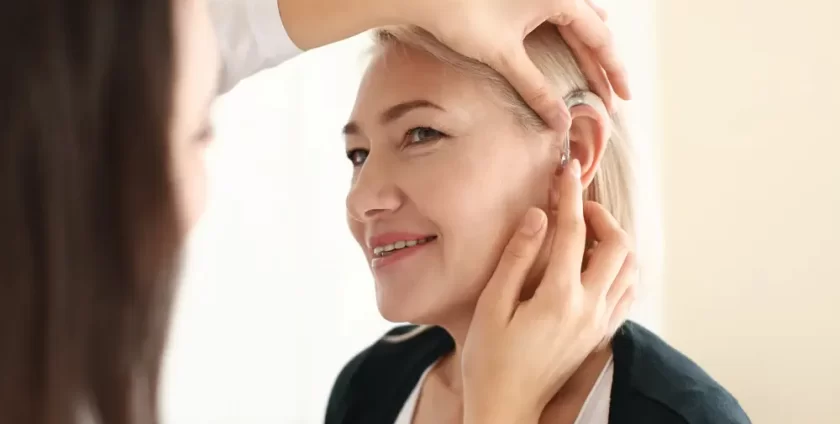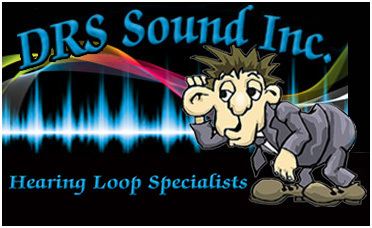
Hearing loss affects millions of people worldwide, significantly impacting their quality of life. To combat this, various technologies have been developed, with hearing loops being one of the most effective solutions. This blog explores the evolution and impact of hearing loops, focusing on their implementation and benefits in public venues.
The Basics of Hearing Loops
A hearing loop, also known as an induction loop system, provides a magnetic, wireless signal that is picked up by hearing aids set to the ‘T’ (telecoil) setting. This system consists of three main components: a microphone to capture sound, an amplifier to process the signal, and a loop cable that acts as an antenna. When hearing aids are set to the ‘T’ setting, users receive the signal directly, bypassing ambient noise and improving speech clarity.
Historical Context and Development
The concept of the hearing loop has evolved significantly over the years. Initially developed in the 1930s, these systems have undergone numerous advancements, becoming more effective and widely adopted. According to the Hearing Loss Association of America, the technology has seen significant improvements, particularly in digital signal processing, making it more accessible and efficient for users.
Real-World Applications
Hearing loops have been implemented in various settings, enhancing accessibility for individuals with hearing loss. For instance, DRS Sound has installed hearing loops in numerous venues across Wisconsin, including churches, courthouses, theaters, and auditoriums. Their work ensures that those with hearing aids can participate fully in events and services without struggling to hear.
Case Study: St John The Baptist, Seymour, WI
In May 2024, DRS Sound completed a hearing loop installation at St John The Baptist in Seymour, WI. This installation has significantly improved the auditory experience for parishioners, allowing them to hear sermons and music clearly without background noise interference. Such implementations highlight the practical benefits of hearing loops in enhancing community engagement.
Expert Endorsements and Testimonials
Experts like Dr. David Myers, a hearing loop advocate, emphasize the importance of quality installations. In an article by Hearing Loss Magazine, Dr. Myers praises contractors like Dave Scroggins for their exceptional work in the Midwest. Testimonials from users also highlight the transformative impact of hearing loops. Kathy from Menasha, WI, expresses gratitude for the “whole new world of sound” provided by DRS Sound.
Conclusion
Hearing loops are a powerful tool in improving the quality of life for individuals with hearing aids. By providing clear, direct sound transmission, these systems eliminate many of the challenges faced by the hearing impaired. As technology continues to advance, the adoption and effectiveness of hearing loops are likely to increase, further enhancing accessibility and inclusivity in public spaces.
